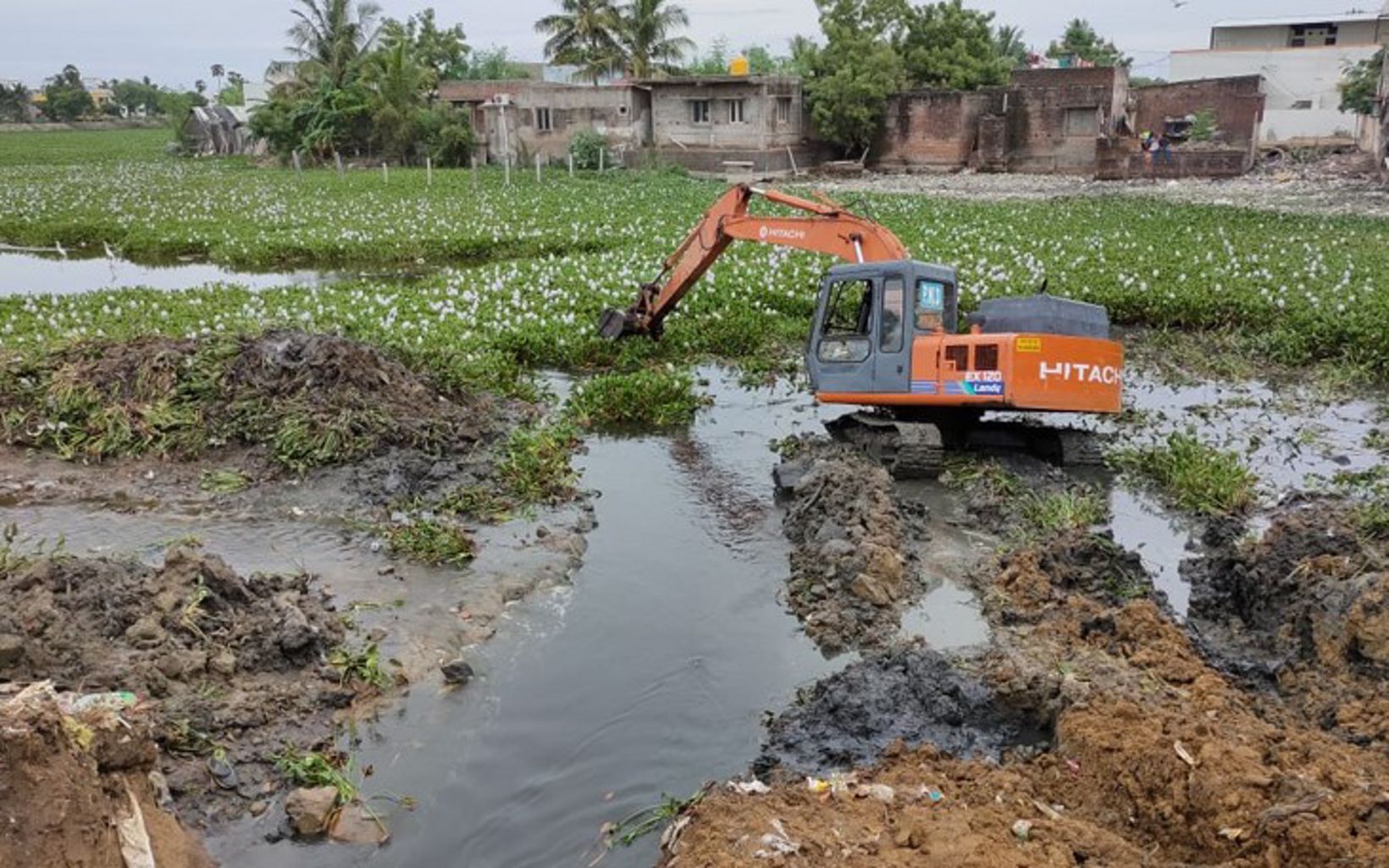Understanding Dredging
Dredging is an essential environmental management practice that plays a pivotal role in the restoration and conservation of lakes and water resources. It involves the removal of sediments, debris, and pollutants from the bottom of water bodies, which can significantly improve water quality and enhance biodiversity. This article delves into the mechanisms through which dredging contributes to cleaner water and richer biodiversity, providing real-world examples to illustrate its impact.
Dredging is a process that involves the excavation of material from the bottom of water bodies, such as lakes, rivers, and harbors. It is primarily used for navigation purposes, to maintain or increase the depth of waterways. However, its environmental benefits, particularly in the context of lake restoration and biodiversity enhancement, are increasingly recognized.
Cleaning Water Resources Through Dredging
Removal of Pollutants
Over time, lakes and other water bodies accumulate sediments that are often contaminated with pollutants such as heavy metals, pesticides, and industrial waste. These pollutants can severely degrade water quality, posing risks to aquatic life and human health. Dredging removes these contaminated sediments, thereby reducing the concentration of pollutants in the water.
Improving Water Clarity
Suspended sediments can decrease water clarity, which affects the growth of aquatic plants by limiting sunlight penetration. By removing these sediments, dredging increases water clarity, allowing for healthier plant growth. This, in turn, improves oxygen levels in the water, creating a more hospitable environment for aquatic organisms.
Preventing Eutrophication
Eutrophication is a process where excessive nutrients, particularly nitrogen and phosphorus, lead to an overgrowth of algae. This can result in oxygen depletion, fish kills, and a decline in water quality. Dredging can help prevent eutrophication by removing nutrient-rich sediments from the bottom of lakes, thus controlling algal blooms.
Enhancing Biodiversity Through Dredging
Habitat Restoration
By removing accumulated sediments and pollutants, dredging can restore natural habitats that are essential for the survival of various aquatic species. This restoration of habitats can lead to an increase in species diversity and abundance.
Creating New Habitats
In some cases, the material removed during dredging can be used to create new habitats, such as islands or wetlands. These new habitats can provide breeding grounds, shelter, and food sources for a wide range of species, further enhancing biodiversity.
Promoting Balanced Ecosystems
By improving water quality and restoring habitats, dredging helps promote balanced ecosystems. A healthier ecosystem supports a more diverse and resilient population of aquatic plants and animals, which contributes to overall biodiversity.
Real-World Examples
Lake Peipsi, Estonia
Lake Peipsi, located on the border between Estonia and Russia, underwent a large-scale dredging project to remove accumulated sediments and pollutants. The project resulted in improved water clarity and a significant reduction in nutrient levels, leading to a decrease in algal blooms and an increase in aquatic biodiversity.
Hamilton Harbour, Canada
Hamilton Harbour, a part of Lake Ontario, was historically contaminated with industrial pollutants. A comprehensive dredging and habitat restoration project was undertaken to clean the harbor and create new wetlands. The project led to a remarkable improvement in water quality and an increase in the diversity and abundance of fish and bird species.
Dredging is a powerful tool for cleaning water resources and enhancing biodiversity in lakes and other water bodies. By removing pollutants, improving water clarity, and restoring habitats, dredging contributes to healthier ecosystems and richer biodiversity. Real-world examples from around the globe demonstrate the positive impact of dredging on environmental restoration and conservation. As such, it remains a vital practice in the ongoing efforts to protect and preserve our precious water resources.
